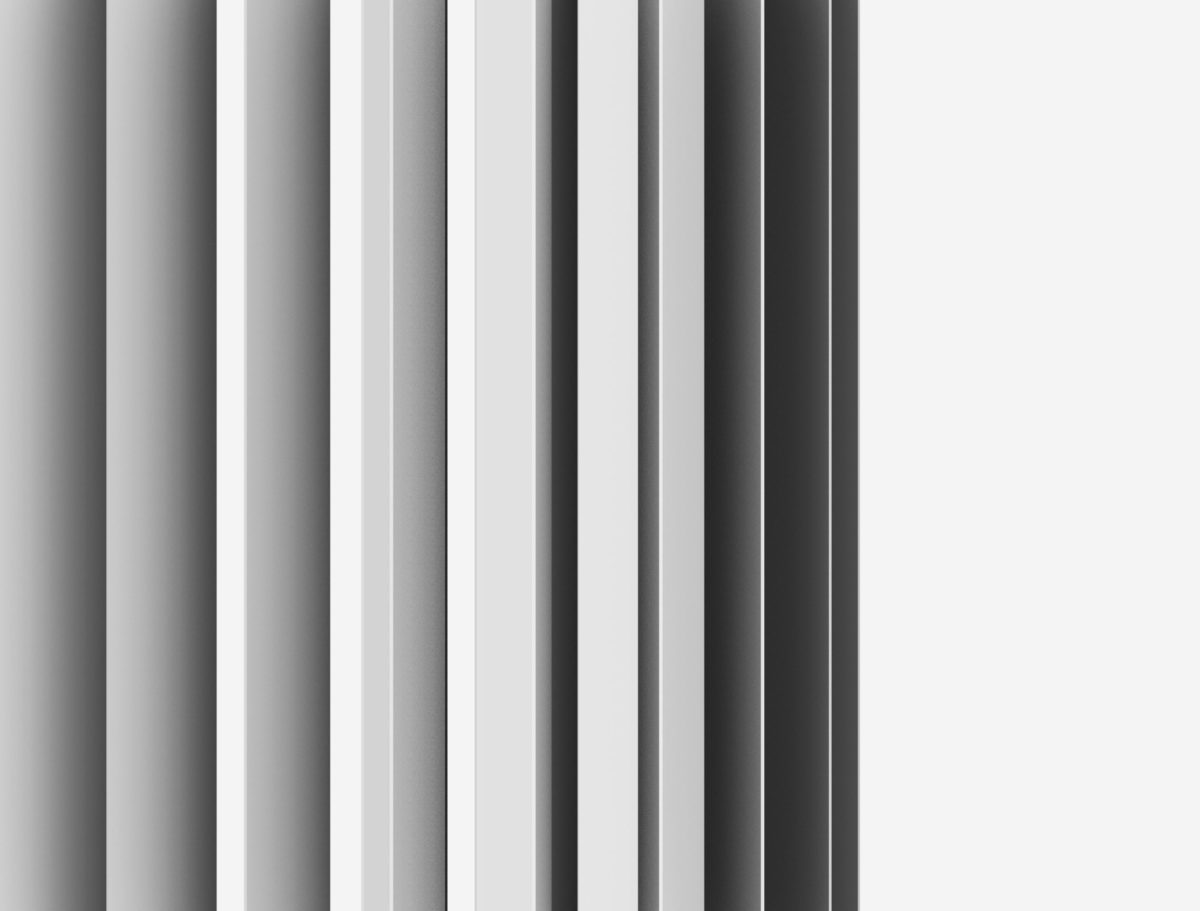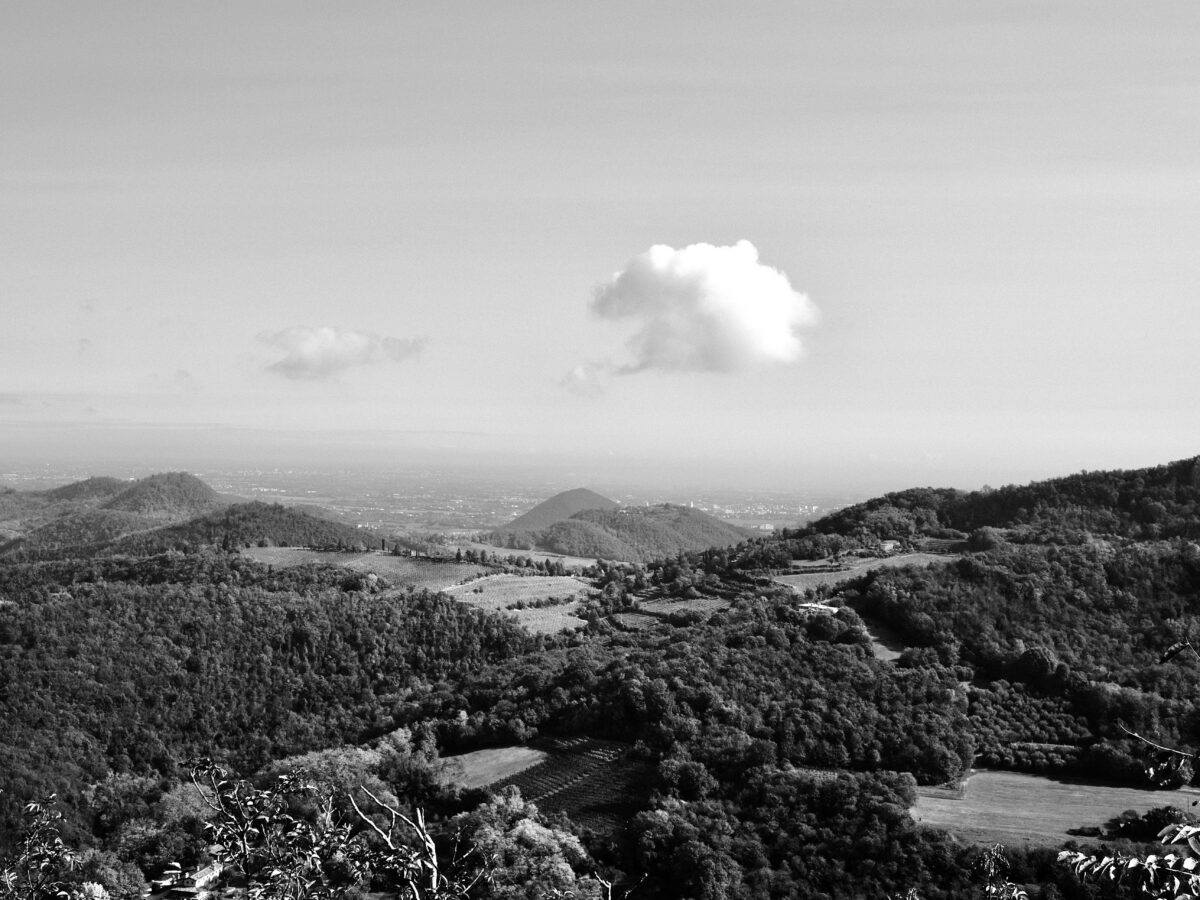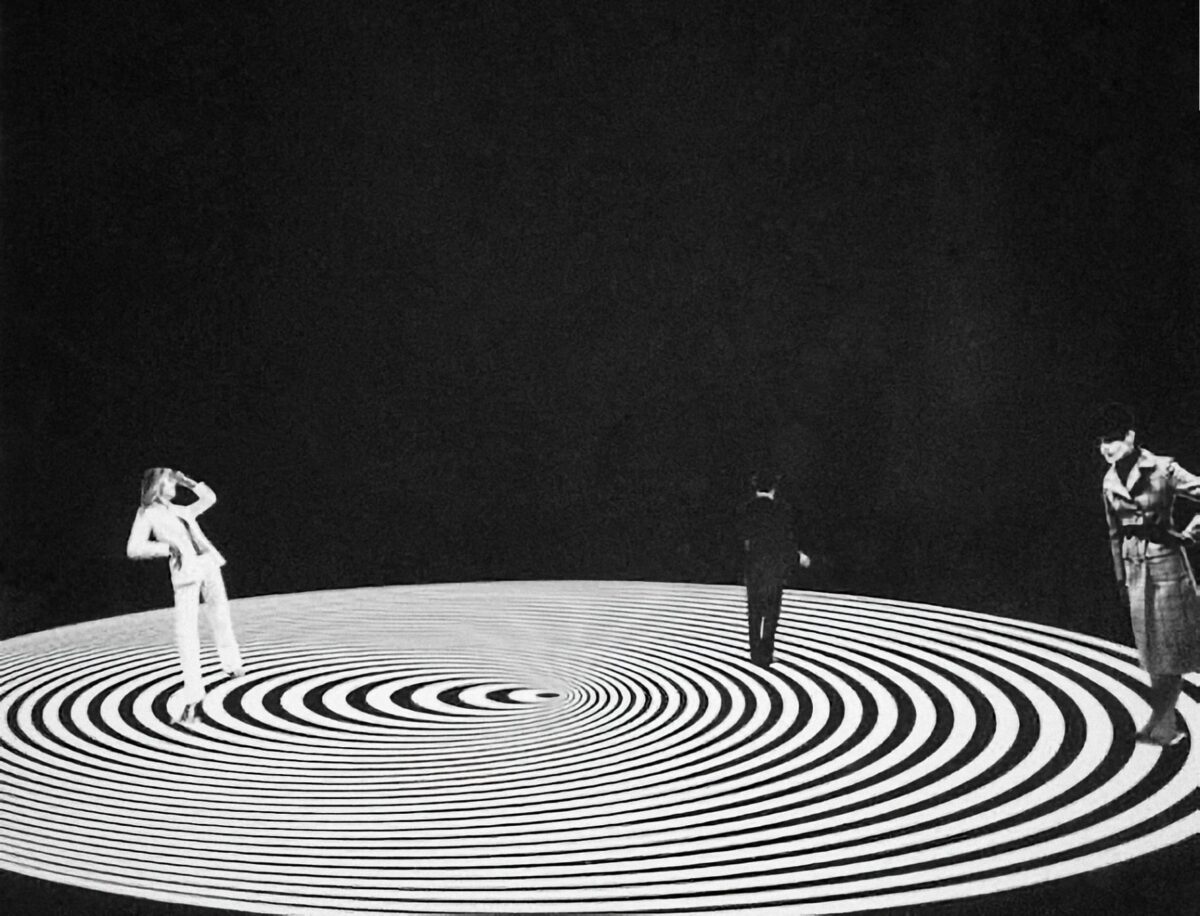Sunshades is the first dynamic space experiment that we have integrated into the Piattaforma Zero. Our initial goal was to select some movable surfaces that are both easy to realize and to bring into the VR environment. This would allow us to explore two of our topics of interest: the relationship between light and shadow and the relationship between interior and exterior. All of these occur in the various set-ups that these surfaces can assume in relation to the user. The article shows the generative process of these first surfaces.
Category: Frontiers in Design
Going beyond the limits of the drawing board and the 3D modeller.
Everything started with a simple exercise:
“[…] please build a basic 3D game experience with a 2100 mm diameter circular platform suspended in a vacuum. On this platform identify three circular areas of 600mm diameter each, which we will call A, B and C. Rules of the game: the player is free to move on the platform, each of the three circular areas is interactive; each interaction is activated with the presence of the player above the area itself; each interaction triggers an event […]”
That’s what we asked all the aspiring T.E.A.M. project participants. This 3D experience later evolved, becoming the “Piattaforma Zero”: our very first act in the study and research for the representation and manipulation of mathematically correct dynamic design elements in Virtual Reality.
“I despair not that, even here, in this region of Three Dimensions, your Lordship’s art may make the Fourth Dimension visible to me; just as in the Land of Two Dimensions my Teacher’s skill would fain have opened the eyes of his blind servant to the invisible presence of a Third Dimension, though I saw it not.”
Edwin A. Abbott, Flatland
A couple of years ago, a client commissioned us to design a small exhibition pavilion to promote the wine products of his territory, and at the same time to draw attention to the region and its artistic and natural beauty.
The exhibition structure required maximum flexibility: it had to be suitable both for indoor and outdoor installation, it had to be easily assembled and disassembled – and therefore easily transportable – and it should impact the visitor with its attractive aesthetics.
Given the requests and the temporary nature of the set up, we imagined applying to the project the studies on kinetic structures under development within Poplab. These studies explore the idea of a variable structure architecture, able to modify its shape according to parameters related to the external environment, and, above all, to the interaction with the user.


